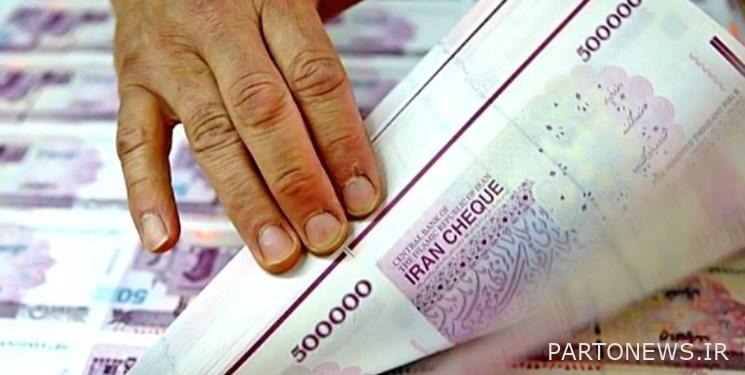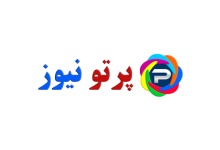Hidden rent | The increase in the monetary base and inflation are the result of insisting on the rate of 4200 Tomans

According to the economic correspondent of Fars News Agency, it was from April 12, 2016 that the Central Bank announced in a statement that it is obliged to provide foreign exchange for all legal trade and production needs within the framework of export and import laws and regulations and foreign exchange regulations of the country based on 42,000 dollars per dollar. Rial should take action, and of course this was not the decision of the Central Bank, and this policy is in line with the implementation of the decision of the economic headquarters of the then government on April 10 to unify the exchange rate with بهای 4,200 tomans per US dollar, which was adopted to stabilize the foreign exchange market, was implemented, eventually exacerbating the budget deficit, inflation and monetary base.
In recent years, one of the factors that has affected the changes in the balance sheet of the Central Bank, and in particular the net foreign assets of the Central Bank, has been the sale and purchase of foreign currency at half and preferential rates based on laws or other applicable approvals. So that 39.9 percentage points of 32.8% growth of monetary base in 1398 and 34.8 percentage points of 30.1% growth of monetary base in 1399 was related to the increase in net foreign assets of the Central Bank and mainly the exchange rate difference in buying and selling foreign currency.
According to Ali Salehabadi, Governor of the Central Bank, the growth of the monetary base last year was 30.1 percent, while the net share of foreign assets of the Central Bank in the growth of the monetary base was 34.8 percentage points. to this Meaning that More than the total growth of the monetary base, there has been an increase in the net share of the central bank’s foreign assets, which means that the central bank has paid currencies to the government at half rate, while in the market it has offered at a rate of 4,200 or more. Is.
The Governor of the Central Bank further explained that در 7 In the first month of this year, the growth of the monetary base was 17.8 percent, while the share of net foreign assets was 6.5 percentage points, which indicates that the share of net increase in foreign assets of the central bank was lower than last year.
More precisely, last year the government sold only $ 5 billion in foreign currency to the central bank, but the central bank provided the equivalent of $ 11 billion in 4,200 tomans for imports. Studies show that the central bank was forced to buy another $ 6 billion from the exporter at a free price and sell it at 4,200 tomans. This action of the Central Bank means creating a monetary base for buying 4,200 Tomans.
According to the above arguments, the impact of the net component of the central bank’s foreign assets on the exchange rate difference in the purchase and sale of foreign exchange is an unprecedented phenomenon. Adverse monetary effects of preferential currency allocation (4200 Tomans) is one of the main justifications for reviewing this policy, which provides appropriate conditions for its reform is on the agenda of the thirteenth government.
But in order to better understand what has happened to the governor of the central bank and in the Iranian economy in recent years, we must explain to the second source of the country’s monetary base, which is the net assets of the central bank. Net foreign assets of the central bank The foreign reserves of the central bank, including a basket of currencies and gold, are considered the second largest monetary source. When foreign currencies are transferred to the central bank to become their rial equivalent, the rial equivalent of that money leaves the central bank. That is, strong money is issued by the central bank.
In fact, the central bank receives currency and delivers rials. The central bank can intervene in the foreign exchange market by changing the net of its foreign assets. It should be noted that according to the current monetary and banking law, the central bank is required to buy government currency, and this will increase the foreign exchange balance of the central bank and, of course, increase liquidity.
In other words, the central bank sells part of the purchased currency with the aim of controlling the exchange rate in the market, and this leads to the collection of part of the monetary base injected into the economy and, on the other hand, reduces the foreign exchange balance of the central bank. Finally, the equivalent of the currency purchased from the government, minus the currency sold in the market, goes to the central bank’s foreign reserves.
Now back to the 4200 currency debate Is coming backردیم And with that in mind, and if the central bank does not have to pay the currency to the government at half-rate and at the same time market it at 4,200 or preferably, then we will most likely move towards a more realistic economy, and of course The net foreign assets of the central bank will also be in a better position, and the supply of foreign exchange by the market maker, which is the central bank, will actually improve.
Of course, it should not be forgotten that net foreign assets are part of the monetary base components and can also lead to increased liquidity, but if this is done properly and moves in a targeted direction, it can be wasted in the long run. Prevent the country’s foreign exchange resources.
In other words, in recent years, the insistence and insistence of the previous government on the implementation of the policy of allocating 4,200 Tomans has led to an intensification of the budget deficit and an increase in the monetary base, which will eventually lead to increased inflation.
It should also be noted that the allocation of preferential currency (4200 Tomans) for the import of basic goods since the beginning of 1397 has incurred many costs for the country. Because the provision of these resources on the one hand leads to an increase in government debt to the central bank in Rials, and due to the provision of foreign currency at the Nima rate by the central bank and its supply to importers of basic goods at a preferential rate by the government, on the other hand leads to increased demand for basic goods Has been.
The Budget Act of 1400 allowed the government to allocate up to $ 8 billion in oil resources to the import of basic goods and medicine alone. However, the currency allocated to the import of these goods has been at a level beyond this figure. The Thirteenth Government and the Central Bank, and of course the other pillars of the system, consider the economic conditions of the country, and in particular the welfare of households, regarding the gradual and purposeful reduction of the allocation of preferential currency.
Of course, due to recent developments in the country’s export and import figures, it is expected that with the improvement of the country’s currency balance, we will see a relative improvement in the supply of foreign exchange imports of basic goods and medicine from government foreign exchange sources. Reverse. Customs statistics show that the country has a trade of 110 million and 284 thousand tons worth 63 billion and 132 million dollars in the first eight months of this year.
According to Fars, therefore, the elimination of 4,200 Tomans may increase the price of some goods, but with the reduction of the monetary base growth and its reducing effect on inflation, most of the inflationary effects of this policy will disappear within a period of one year.
end of Message/
You can edit this post
Suggest this for the front page
.

